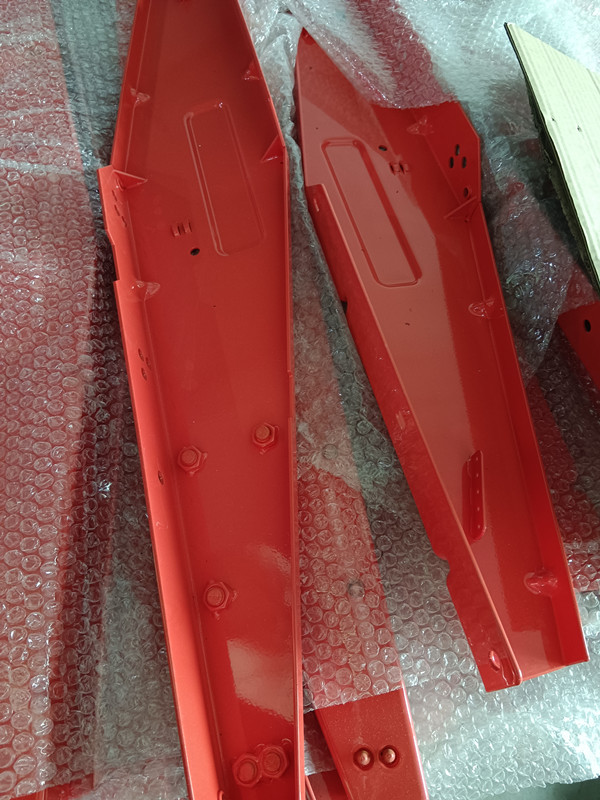Sheet metal fabrication involves various processes to transform flat sheets of metal into finished parts or products. Here are the primary processes involved in sheet metal fabrication:
Cutting
- Shearing: Cutting straight lines on flat sheet metal with a blade.
- Laser Cutting: Using a high-powered laser to cut precise shapes and holes in the sheet metal.
- Plasma Cutting: Utilizing a high-velocity jet of ionized gas to cut through conductive metals.
- Water Jet Cutting: Employing a high-pressure stream of water mixed with abrasives to cut metal without generating heat.
- Punching: Creating holes or shapes by forcing a punch through the sheet metal using a punch press.
Bending
- Press Braking: Bending sheet metal into desired angles and shapes using a press brake.
- Folding: Bending sheet metal by clamping it between a flat surface and a folding beam.
- Roll Bending: Passing sheet metal through a series of rollers to create cylindrical shapes.
Forming
- Stamping: Using a stamping press to form, trim, emboss, or flange sheet metal by pressing it between a die and punch.
- Deep Drawing: Forming sheet metal into a three-dimensional shape by pulling it into a die with a punch.
- Roll Forming: Continuously bending a long strip of sheet metal into desired cross-sectional shapes using a series of rollers.
Joining
- Welding: Joining metal parts together using various welding techniques such as MIG, TIG, and spot welding.
- Riveting: Joining sheets of metal with rivets.
- Bolting: Using bolts and nuts to assemble metal parts.
- Adhesive Bonding: Using industrial adhesives to join metal parts.
Finishing
- Deburring: Removing burrs and sharp edges from cut metal using deburring tools or machines.
- Grinding and Polishing: Smoothing and finishing the surface of the metal to achieve the desired texture.
- Painting and Coating: Applying protective or decorative coatings, such as powder coating or anodizing, to the metal surface.
Additional Processes
- Annealing: Heating and then slowly cooling metal to reduce hardness and increase ductility.
- Heat Treating: Altering the properties of the metal through controlled heating and cooling cycles to improve strength and durability.
- Etching: Using chemical or laser processes to create designs or markings on the metal surface.
- Perforating: Creating a pattern of holes in the sheet metal for functional or decorative purposes.
Specialized Forming Techniques
- Hydroforming: Using high-pressure hydraulic fluid to form metal sheets into complex shapes by pressing them into a die.
- Spinning: Rotating a metal disc at high speed and forming it over a mandrel to create symmetrical shapes.
These processes can be combined and sequenced in various ways to fabricate sheet metal parts according to specific design requirements and production needs. The choice of processes depends on factors like material type, part complexity, required precision, and production volume.

china sheet metal fabrication manufacturers
sheet metal fabrication company china
china sheet metal fabrication companies
china sheet metal forming manufacturers
china sheet metal fabrication factory
china metal enclosure manufacturers
china sheet metal fabrication supplier
china custom sheet metal parts
china sheet metal parts company
china precision sheet metal manufacturer
china sheet metal enclosure fabrication
china sheet metal parts manufacturers
china sheet metal manufacturing manufacturers